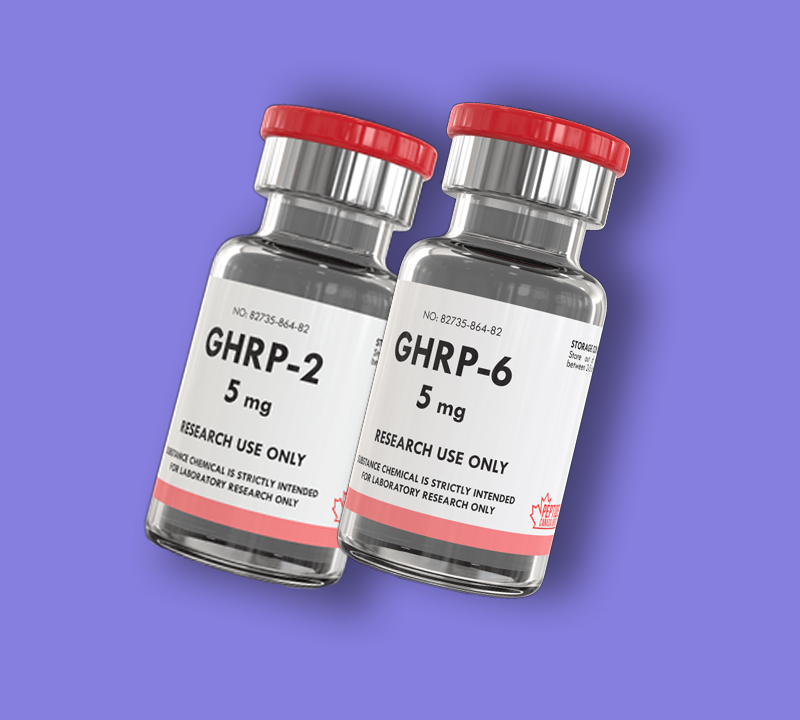GHRP-6 affects a number of physiological systems through growth hormone secretagogue receptor pathways. cientists investigating how GHRP-6 influences hunger signaling, metabolism, and energy distribution often buy ghrp 6 on bluumpeptides.com/products/ghrp-6 for laboratory use, since studying natural hormones alone did not reveal the full connection between growth hormone pathways and appetite regulation. Glucose handling, fat metabolism, and feeding behavior are linked to ghrelin receptor activation. Multiple hormone systems are involved in complex metabolic regulation.
Ghrelin receptor binding actions
GHRP-6 latches onto ghrelin receptors in hypothalamic regions controlling appetite and feeding behavior. Activation triggers hunger signals independent of growth hormone effects. Creates appetite stimulation through central nervous system pathways. Receptor distribution in brain areas governing food intake explains observed feeding behavior changes. Arcuate nucleus, lateral hypothalamus – both contain high ghrelin receptor density. Activation in these regions kicks off neural circuits promoting food-seeking behavior and meal consumption.
Growth hormone cascade responses
Growth hormone release triggered by GHRP-6 starts metabolic changes affecting energy substrate utilization. Lipolysis jumps in adipose tissue. Free fatty acid mobilization rises. These changes shift energy metabolism toward fat oxidation. Glucose handling also shows alterations. Insulin sensitivity changes. Hepatic glucose production is potentially affected. Metabolic shifts influence overall energy balance through altered fuel utilization patterns in various tissues.
- Increasing growth hormone levels mobilise fat from adipose tissue for energy production
- Growth hormone increases protein synthesis in muscle tissue, affecting nitrogen balance
- Liver glucose production changes based on growth hormone and insulin interactions during metabolic state shifts
- Energy expenditure potentially increases through enhanced metabolic rate from growth hormone effects
Appetite pathway activation
Hunger increases consistently after GHRP-6 administration in research models. The effect occurs through direct ghrelin receptor activation in appetite centers. Neural pathways stimulating food intake get activated regardless of nutritional status. NPY and AgRP neurons respond to ghrelin receptor stimulation. These orexigenic neurons promote feeding when activated. GHRP-6 creates similar activation patterns to natural ghrelin. Different kinetics, though. Different potency.
Energy distribution shifts
Growth hormone influences how energy gets distributed between storage and utilization. Fat storage decreases. Lean tissue maintenance improves. Partitioning change affects body composition over time. Muscle protein synthesis rates increase when growth hormone rises. Combined with enhanced fat mobilization, creates conditions favoring lean mass preservation during energy deficit states. Energy balance shifts toward protein accretion and fat oxidation.
- Nitrogen retention improves when growth hormone boosts amino acid uptake and protein synthesis in muscle
- Fat oxidation rates rise as free fatty acid availability increases from enhanced lipolysis
- Glycogen storage patterns change based on altered glucose handling and insulin sensitivity shifts
- Metabolic flexibility potentially improves through better switching between carbohydrate and fat oxidation
Metabolic rate modifications
Resting energy expenditure shows changes following GHRP-6 administration in some research contexts. Growth hormone elevation increases metabolic rate through effects on protein turnover, substrate cycling, mitochondrial activity. Thermogenesis potentially increases. Brown adipose tissue activation might occur. Changes contribute to overall energy balance through altered energy expenditure independent of activity levels. GHRP-6 affects appetite, metabolism, energy balance through ghrelin receptor activation, growth hormone cascades, appetite pathway stimulation, energy partitioning shifts, metabolic rate modifications. Effects interact rather than occurring independently. Peptide influences multiple regulatory systems simultaneously.







